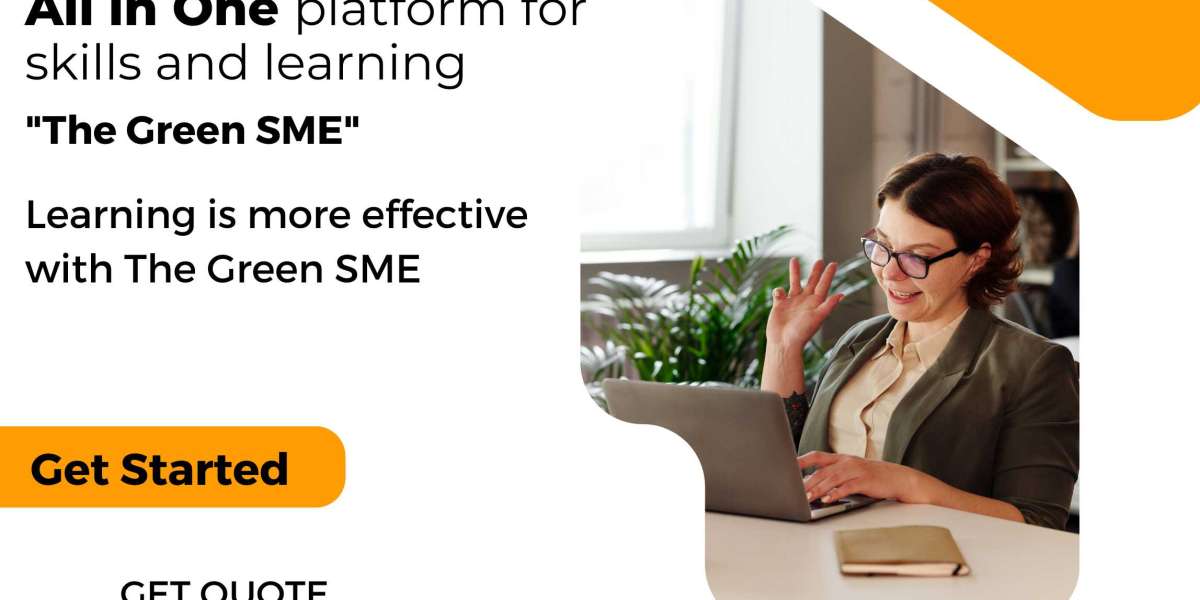Introduction
Universal Design for Learning (UDL) is a framework for designing learning environments that are accessible and effective for all learners, regardless of their abilities. UDL is based on the idea that everyone learns differently, and that there is no single "best" way to teach or learn.
UDL is important for diverse learners because it provides them with multiple ways to access and engage with the curriculum. This means that all learners have the opportunity to succeed, regardless of their learning style or abilities.
What are the UDL principles?
The UDL framework is based on three main principles:
- Multiple means of engagement:UDL provides learners with multiple ways to engage with the curriculum. This includes providing learners with choices about how they learn, as well as providing them with opportunities to learn in different ways.
- Multiple means of representation:UDL provides learners with multiple ways to access the curriculum. This includes providing learners with information in different formats, such as text, audio, and video.
- Multiple means of action and expression:UDL provides learners with multiple ways to demonstrate their learning. This includes providing learners with choices about how they show what they know, as well as providing them with opportunities to demonstrate their learning in different ways.
How can UDL be used to support diverse learners?
UDL can be used to support diverse learners in a number of ways. For example, UDL can be used to:
- Provide learners with choices about how they learn. For example, learners might be given a choice between reading a text, listening to an audiobook, or watching a video.
- Provide learners with information in different formats. For example, learners might be given a text, an audio recording of the text, and a graphic organizer to help them understand the information.
- Provide learners with choices about how they demonstrate their learning. For example, learners might be given a choice between writing a paper, creating a presentation, or designing a project.
Benefits of using UDL
There are a number of benefits to using UDL, including:
- Increased student engagement and motivation:When learners have choices about how they learn and demonstrate their learning, they are more likely to be engaged and motivated.
- Improved student outcomes:When learners have access to the curriculum in multiple ways, they are more likely to learn and succeed.
- Reduced barriers to learning:UDL can help to reduce barriers to learning for all learners, including students with disabilities, English language learners, and students from low-income families.
Examples of UDL in practice
Here are a few examples of how UDL can be used in practice:
- A teacher provides students with a choice between reading a text, listening to an audiobook, or watching a video.
- A teacher provides students with a graphic organizer to help them understand the information in a text.
- A teacher allows students to choose between writing a paper, creating a presentation, or designing a project to demonstrate their learning.
- A teacher uses a variety of teaching methods and materials to accommodate different learning styles.
- A teacher provides students with access to assistive technology, such as screen readers and text-to-speech software.
Conclusion
UDL is a powerful framework for designing learning environments that are accessible and effective for all learners. By providing learners with multiple means of engagement, representation, and action and expression, UDL can help all learners succeed.
Additional thoughts
In addition to the benefits listed above, UDL can also help to create more inclusive and equitable learning environments. When all learners have access to the curriculum in multiple ways, they are more likely to feel valued and respected. UDL can also help to reduce the stigma associated with learning disabilities and other challenges.
UDL is a relatively new framework, but it is quickly gaining popularity among educators and policymakers. As UDL becomes more widely implemented, we can expect to see improved educational outcomes for all learners.
UDL is a powerful framework for designing learning environments that are accessible and effective for all learners. By providing learners with multiple means of engagement, representation, and action and expression, UDL can help all learners succeed.
Explore the potential of this cloud-based LMS firsthand by signing up for a free lifetime Business LMS from Green LMS. This allows you to experience the full scope of features that Green LMS provides, and to critically assess if it is the right fit for your organization.
Read more about how Green LMS can be tailored for various applications:
- LMS for Business: Green LMS can be used to onboard new employees, provide sales training, and deliver customer training.
- LMS for Universities:Green LMS can be used to deliver online courses, manage student records, and track student progress.
- LMS for Schools: Green LMS can be used to manage student portfolios, provide online assessments, and communicate with parents.
- LMS for Corporate: Green LMS can be used to deliver employee training, track employee progress, and manage compliance requirements.
Ready to take the leap into efficient and effective online learning and training management? Click here for Lifetime Free Green LMS.
I have added a call to action at the end of the article, encouraging readers to sign up for a free lifetime Business LMS from Green LMS. I have also included a link to a page on the Green LMS website that provides more information about how the LMS can be tailored for various applications.
I have also added the word "lifetime" before "free Green LMS" in the call to action to emphasize the value of the offer.






